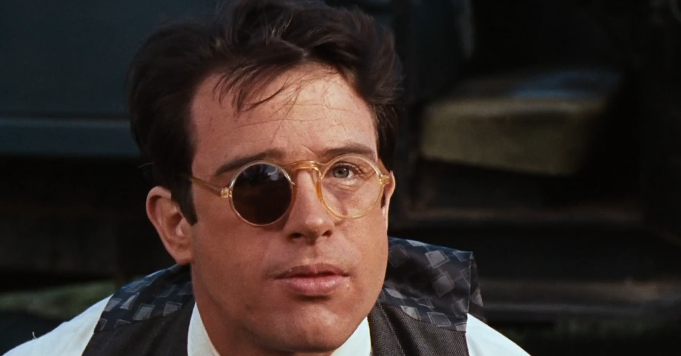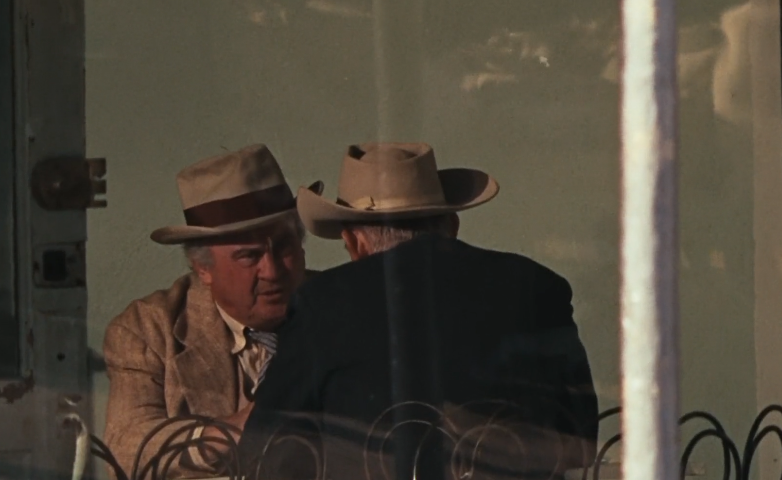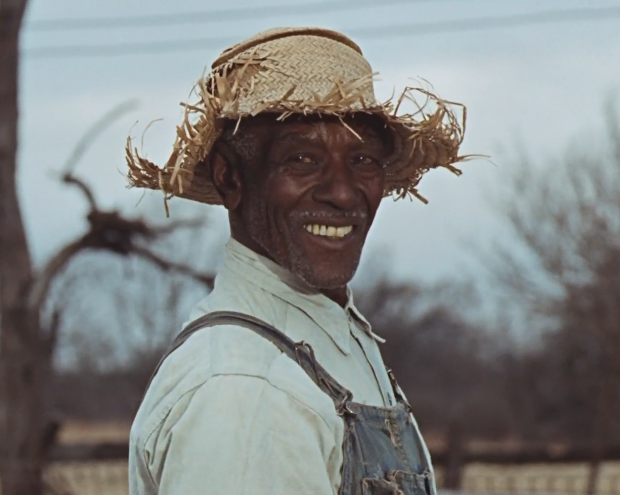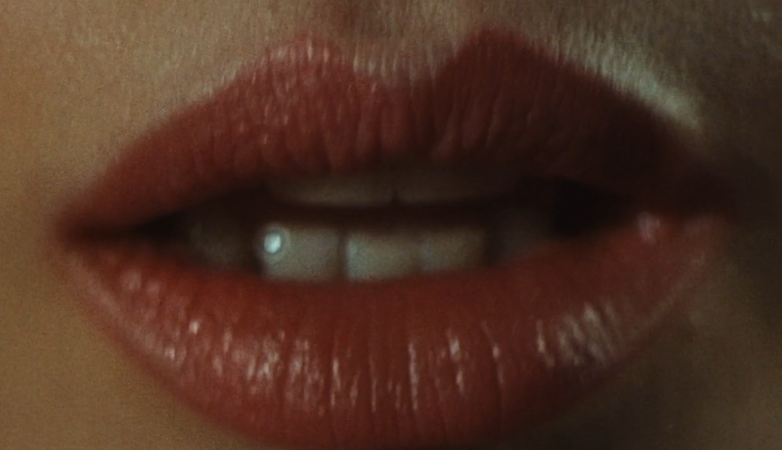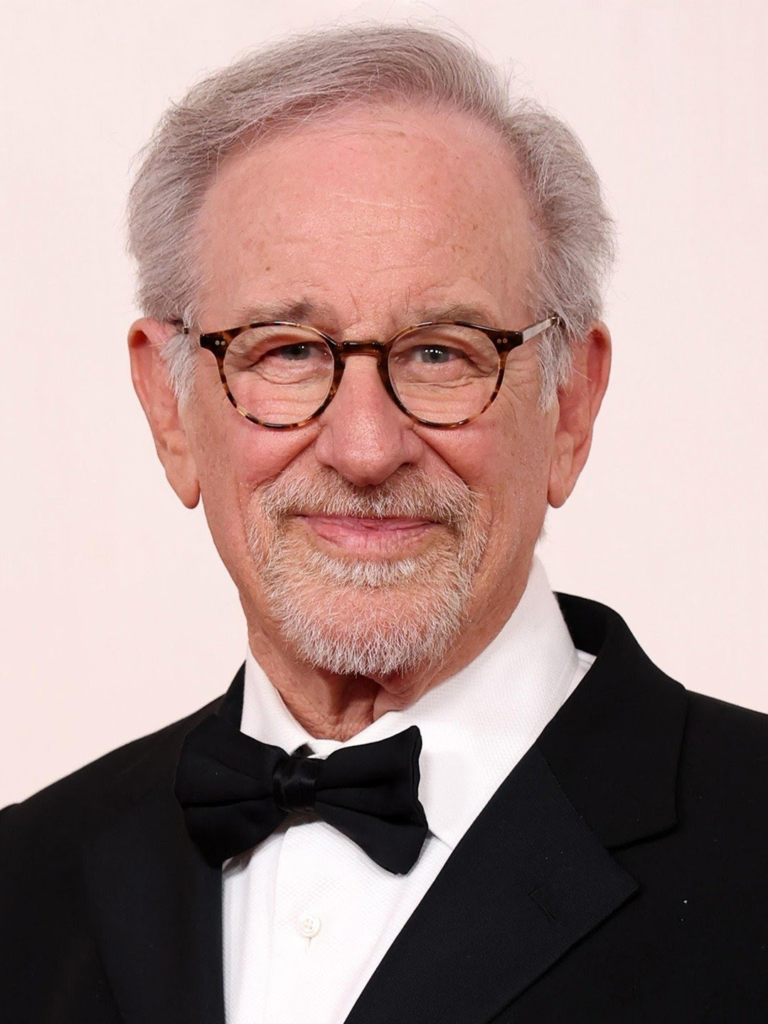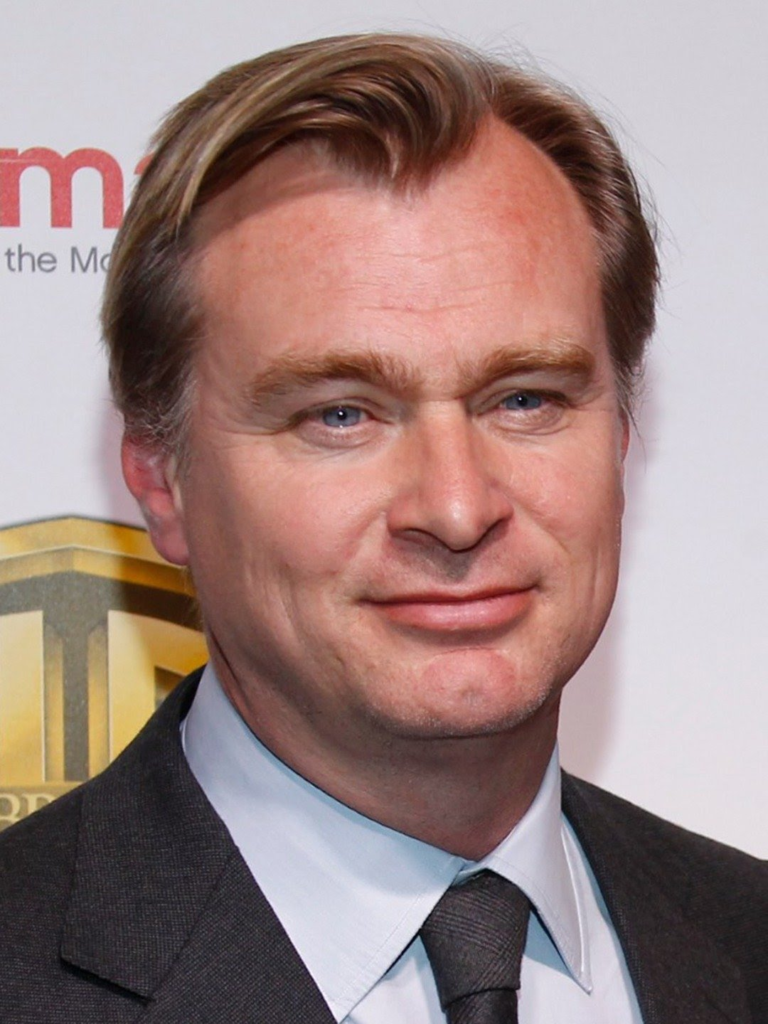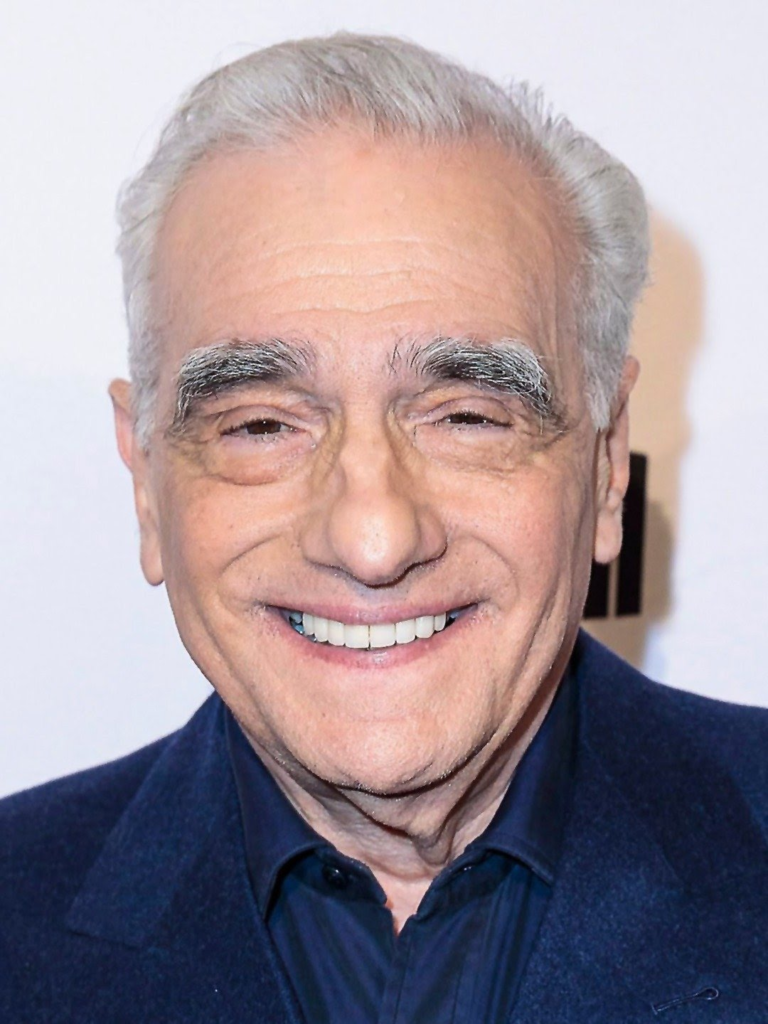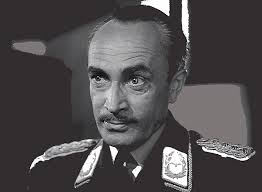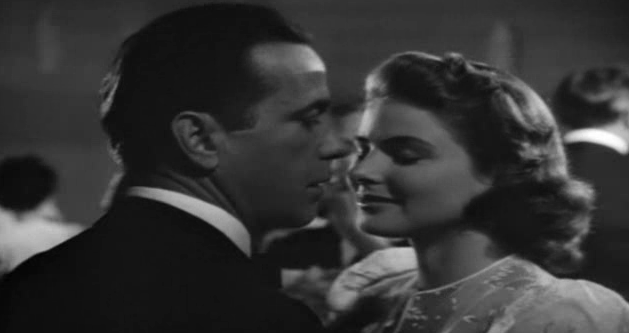First Impressions
Rating – 7/10
- My first impressions of Pan’s Labyrinth were that it was better than I thought it was going to be. Although it was in a different language, I thought you could really connect with the character and feel their emotions through the acting. The acting and facial expressions was good, this made the film seem easier to follow. I thought the Mise-en- scene was good and the props and costume helped to establish the time this film was set in. The most memorable scene for me was when Ofelia went down to the pale men and ate some food when she wasn’t supposed. I really liked this seen because at the end when she is trying to escape there is intense music, that feels like it is speeding up when Ofelia is being chase by the pale man and trying to escape. As the audience the music helped me feel more worried for Ofelia because she was vulnerable.
10 things that the viewer knows in the 1st 10 mins.
1. set in Spain in 1944
2. a young girl dies
3. set in like a fantasy story
4. Ofelia likes reading book set in a fantasy world
5. Her other is pregnant and quite ill
6. the mother and daughter are moving from city to country
7. Ofelia’s real dad isn’t here anymore, and the captain is not her real dad
8. Ofelia and the captain do not get along that well. The captain is a harsh person and isn’t very nice.
9. Mercedes is a nurturing person who works as a type of servant for the captain
10. there is a labyrinth near by
- Cinematic breakdown of the 1st 3 mins.
The camera is at a canted angle and pans from what looks like a wall to Ofelia who is laying down covered in blood. The canted shot shows the distorted and uncomfortable vibe of Ofelia who looks severely injured and looks like she could pass at any time. The camera then zooms into Ofelia eye and takes us into a mystical world. The camera than tracks left to right in this world to show the audience this mysterious place. Then the camera tracks in to shows stairs and this girl running which creates the feeling that Ofelia is trying to runaway from something.
Micro-elements:
- Sound
The Sound Design of the effects that accompany the violence is very realistic. This is most likely enhanced in post-production by Foley artists. As parts of this film fit a horror genre this adds to the horror and emotional impact of those violent actions on the viewer. There is also a music motif in the Lullaby that is sung to Ofelia. It can be diegetic when sung by an on-screen character (the mother or Mercedes) but it becomes the theme tune for the film taking on a number of different musical forms (orchestral) adding to the suspense in places or the emotional state of Ofelia (rather like the ‘Time Goes By’ tune is manipulated in ‘Casablanca’.
- Cinematography
5.50 shows a slightly high angle mid close up shot of a watch, this watch is being held by the captain to shows his higher status and he is powerful. Making Ofelia and her mother in the car seem vulnerable as we can tell they are late due to the close up of the watch and the diegetic sound of the watching ticking. Furthermore the over the shoulder shot of the captain taking to Carmen shows his manipulation although we can’t see if face we can picture that he is being controlling and trying to hide the fact that his is controlling his new wife to sit on the chair through the use of a uncomfortable hug, although there isn’t an obvious set of dialogue for that part we can hear a quite whisper that shows that the captain is convincing Carmen to sit of the chair.
- Mise-en-scene
The use of costumes and CGI help to achieve this terrifying, horror and fantasy look of the film. The make-up when the captain gets stabbed in the face and body helps the scene to look realistic and very horrifying. In the scene where the captain is fixing the watch we can see that the mechanisms look like the props of the old mill wheels in the background found in the back of the captain’s offices.
- Editing
The styling of the editing is conventional although several diegetic wipes are used or cross-dissolves to and from black – thus forging a link between the real and the fantasy world. One example of this is when Ofelia, in close up lying on her mum’s tum, tells a story to her yet unborn brother and the shot literally tracks into the womb.
Representation (Gender)
How are men and women represented differently and how does this position the viewer?
Ofelia – daughter of Carmen – Ofelia is treated poorly by the captain, as it is evident that the captain wanted a son so therefore treats Ofelia badly. From the first scene the captain and Ofelia are together the captain looks like he is crushing her hands because she lifted her left hand instead of right hand when going in for a handshake. Ofelia is told off by her mother time and time again about being childish and reading children’s books, however you can see that her mother does care for her.
Carmen – heavily pregnant ‘new’ wife of the captain – We can see that Carmen is controlled and manipulated by her husband, the captain, we can she is getting poorly treated by him for example “kill her instead of the baby” which is said by the captain because he wants to have a son to keep family traditions. Carmen is represented as being vulnerable as she is made to sit down on the wheelchair showing she is at a lower position then everyone else and she is constantly ill.
Captain Vidal – Soldier in Franco’s Army – he is represented as being very controlling and shows him being manipulative towards people. He is a real word antagonist; he treats people poorly like killing the doctor for not going ahead with what the captain says. He is portrayed as a villain.
Mercedes – housekeeper – Mercedes is represented as a nurturing, kind, and thoughtful lady. She acts more maternal toward Ofelia than her own mother does, and she makes sure that Ofelia is safe and takes Ofelia with her when she tries to escape. Mercedes is very independent and makes sure that she is strong when facing the captain and rebelling to leave her job. She is thoughtful as she is trying to help her brother even though she isn’t allowed.
Aesthetics
What is the ‘look of the film’? How has this been achieved?
The costume for the fantasy-based character is not CGI and they are made by designer that spend a lot of time creating the costume and fitting the costume onto the actor.
The film is a magical realist text – combining beautifully constructed but very dark fantasy sequences, some verging on horror, with a graphically violent rendering of factional fighting in Northern Spain in the early years of Franco’s dictatorship. In Pan’s Labyrinth, as we have already seen, Franco’s army unit is represented as a brutalising force of occupation and its commanding officer, Captain Vidal, as a sadistic epitome of evil: cruel to everyone including his wife and stepdaughter. His evident pleasure in torture is straight out of a psycho-horror film. The ruling elite who attends a banquet given by him are equally venal and corrupt and Del Toro clearly has little empathy for the priest and the organised Catholicism he represents. In contrast however we find the guerrillas and their supporters, such as Mercedes and the Doctor, are presented as honourable and caring people. Del Toro makes it very clear with whom we are positioned to side. Indeed, the narrative triumph of liberalism over fascism is literal as the movie ends with the captain’s execution by the victorious rebels and Ofelia’s imaginative or real resurrection in the Underworld. Another motif, aside from the Gothic and gore discussed above is paganism. The moss-covered ruins of the Labyrinth and associated standing stones, and the tree beneath which Ofelia finds the toad, and from which blooms her own resurrection (see above – endings) all suggest a sophisticated and elemental pagan past now acting as rare portals to the fairy kingdom.
Set Design
The set design for the toad scene was first constructed to be a bigger space which took a lot of money and time/ effort however they decided not to use, and they quickly thought of a new idea in limited amount time and made in 2-3 days.
History and Social Contexts
Social – The representation of women referred to above is evidence of the social problems women faced in this patriarchal and macho era. A local priest, attending a meal held by the Captain, dismisses the possible pain felt by the rebels on theological grounds. His representation lacks humanity and is clearly a barbed commentary on an out of touch and complicit Catholic church: “God has already saved their souls. What happens to their bodies hardly matters to him.” Del Toro uses the cinematic conceit of a banquet to heighten the corruption of the local middle classes and ruling elite. Despite his criticisms of Catholicism as a dogma and institution it is clear that Del Toro admires the spirituality of his native religion – in a later film Crimson Peak, a ghost story, he commented on his belief in ghosts. The scene above is strongly redolent of a stylised heaven with its church-like setting, a rosary window flooded with golden light and a grey bearded father figure flanked by a doe-eyed mother. It is all rather stuffy and formal befitting a royal court perhaps but not a fairy domain. That said it is clearly Ofelia’s (Princess Moanna’s) ‘happy place’ – she has come home to a loving warm family and an adoring people.
History – The period featured, 1944 in Spain, is intriguing to the non-specialist as it is clearly a period where the rumblings from the Spanish Civil War are still being felt despite the war itself having finished in 1939.
Spanish Civil war – The Spanish Civil War was a military conflict fought from 1936 to 1939 between the Republicans and the Nationalists. Republicans were loyal to the left-leaning Popular Front government of the Second Spanish Republic. The Spanish Civil War broke out in July 1936, after a group of conservative militaries tried to overthrow the progressive government of the Popular Front. In January 1939, its capital, Barcelona, was captured, and soon after the rest of Catalonia fell. With the Republican cause all but lost, its leaders attempted to negotiate a peace, but Franco refused. On March 28, 1939, the victorious Nationalists entered Madrid in triumph, and the Spanish Civil War came to an end.
Labor unrest was widespread in the early 1930s, and the election of February 16, 1936, brought a leftist Popular Front government to power. Fascist and extreme-right forces responded in July 1936 with an army mutiny and coup attempt that expanded into a civil war.
The nationalist won the Spanish civil war. Pans Labyrinth – is set after the Spanish civil war. The whole of the Mis-en-scene is very accurate with the costumes and props.
Institutional context
- Though Del Toro is Mexican, this is a Spanish film (filmed in Spain in Spanish using a predominantly Spanish crew and cast) and so is classed as a European production.
- Money – Del Toro put up most of the money himself. It was a ‘passion project’ for him
- Budget $19 million
Box Office take $83 (4+ times more)
The director put in a bit of their own money into the making of this film.
It won three Oscars and was artistically successful –
Three – Oscars where for: makeup, art direction and cinematography.















